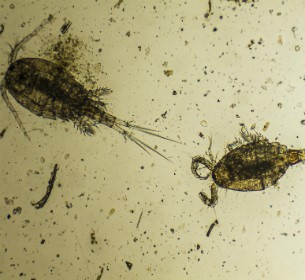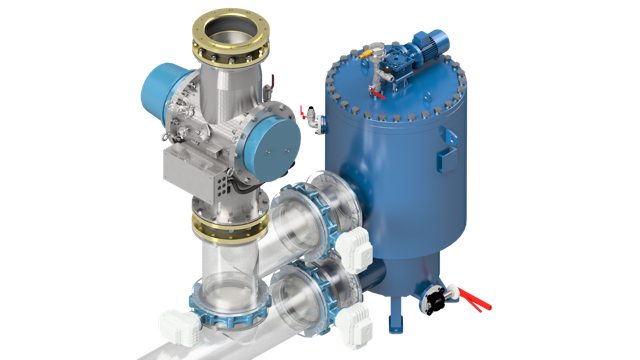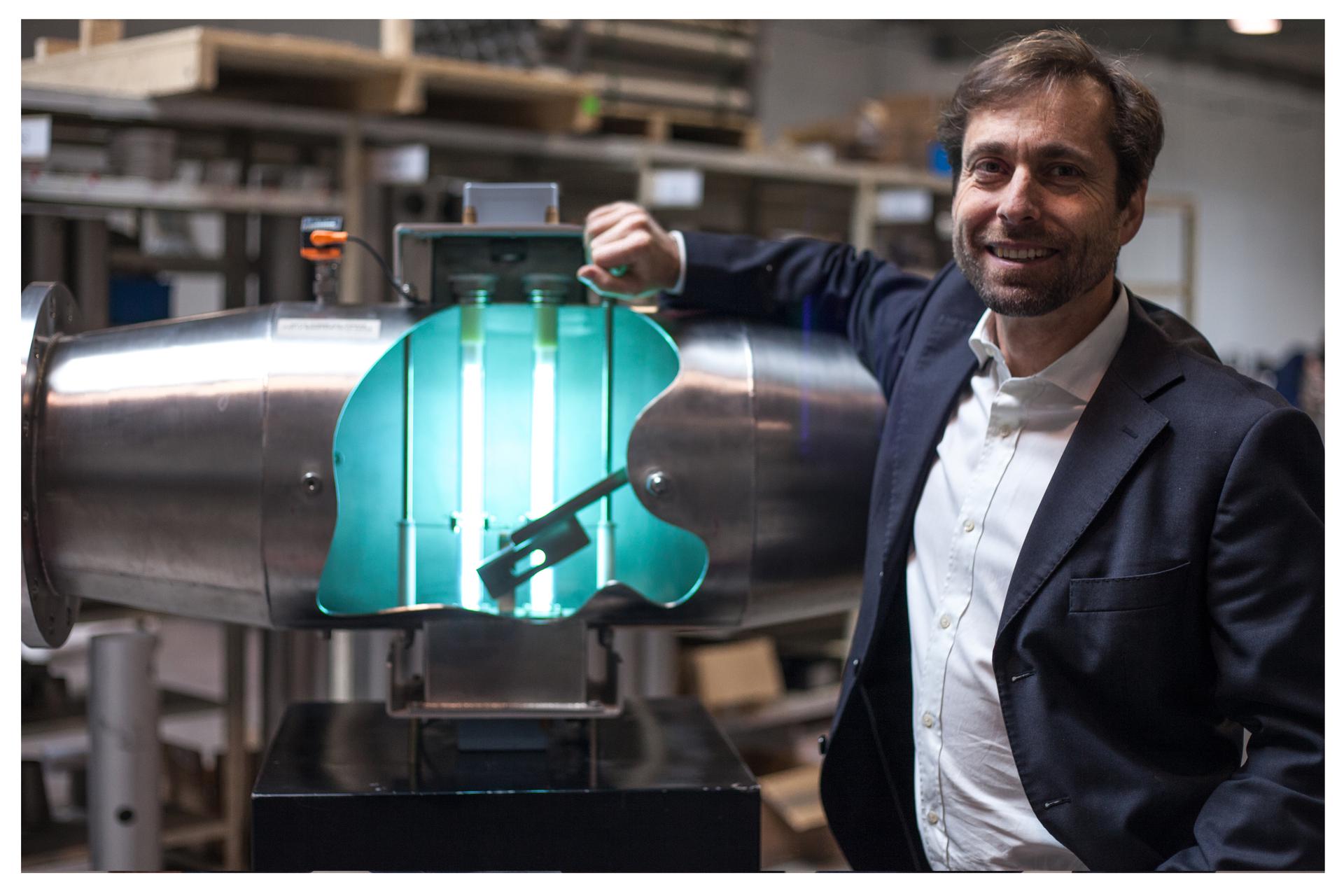The race for ratification of the International Convention for the Control and Management of Ships’ Ballast Water and Sediments (Ballast Water Management Convention) by International Maritime Organization (IMO) Member States has catalysed significant developments in ballast treatment technology.
Ballast water treatment systems (BWTS) have been evolving at a rapid rate in order to meet the compliance requirements the Convention stipulates, meet future regional regulatory requirements and ultimately remain commercially buoyant under highly competitive, cut-throat market conditions.
However, in the past couple of years a new element has been introduced into the market that is heavily influencing system development and capital investment: the United States Coast Guard and its stance on viable versus non-viable organisms. The volatility is predominately sourced from how the USCG ultimately factors these definitions into their compliance standards, however the concrete rules are yet to be confirmed. In the meantime, ballast water treatment technology developers must innovate to remain in the market. But what is the difference between the current IMO Convention standards and potential USCG stringent standards, and what has happened in the market recently? In this week’s in-depth industry insight feature, Ship Efficiency Review examines the regulations and the market dynamics, and of course the influence of the impending ratification, of the IMO Ballast water convention and the USCG’s own take on ballast water management.
Why Regulate? How?
In order to maintain balance and stability, ships take on water known as ‘ballast’ in one location and discharge it in another. This operation often takes place in ports, all of which reside in highly diverse and sometimes extremely ecological sensitive areas. Micro-organisms including bacteria, microbes, small invertebrates, eggs, cysts and larvae of various species, which are present in the water during uptake, are inadvertently transported to the location of water discharge which is often a totally contrasting environment to the one they were picked up in.
Due to the fact that virtually all marine species have a planktonic stage in their lifecycle, pretty much any marine species can be transported via this method. These transferred species are termed ‘invasive’, as they retain the ability to catastrophically affect ecological and economic health of the new environment by out-competing native species and multiplying into pest proportions. The colossal size of the shipping industry and its impact on ocean dynamics only exacerbates this problem, and if left unregulated, the damage to marine ecology and environmental health would be catastrophic.
In order to mitigate the impacts of the transfer of invasive species, the IMO adopted the Ballast Water Management Convention in 2004. This Convention is designed to regulate standards for treating ballast water. Under the Convention all ships will have to carry out ballast water management procedures to a given standard and will be required to carry a Ballast Water Record Book. In order to achieve compliance once the Convention enters into force, ship owners must use a “ballast water management system” (BWMS). Ballast water management is defined as using mechanical, physical, chemical or biological processes or all in combination to remove or render harmless aquatic organisms and sediment within the ballast water.
Has The IMO Ballast Water Convention Been Fully Ratified Yet?
Requiring 30 States representing at least 35% of the world’s tonnage, the Convention will officially enter into force 12 months following the achievement of these parameters. To date, the Convention has received 49 State signatories, so exceeds that required, however these signatories only surmount to representing 34.82% of the world’s tonnage – 0.18% short of the required amount for entry into force. However, with an increasing number of countries showing interest in ratifying the Convention, the requirements of the Convention are likely to come into force in 2017 – 12 months after the criteria have been met.
IMO Versus AMS Acceptance Versus USCG Approval: Market Developments
Ballast water management systems use either active or non-active substances to kill or remove organisms. Whilst technical evolution was once more advancing in the field of chemical “active” treatment via disinfection, biocides or electrolysis, in light of enhanced awareness and concern around the environmental impact that certain chemicals may bring to the marine environment, a move towards chemical free systems has been evident in recent years. The development of ultraviolet (UV) irradiation with filtration as physical means has been particularly fast-paced, and uptake by the industry revved with similar resulting velocity. However, recent developments within regulatory enforcement plans via the USCG has thrown the future of some UV-based treatment systems into much dismay.
The fact that the USCG have tightened their testing procedures and regulatory requirements surround UV-based ballast water treatment techniques means that ballast water treatment technology developers have to prove themselves now more than ever in order to gain certification for whichever method they utilise.
Market developments have changed course over the past 18 months, UV-based treatment systems have certainly taken a knock, but the manufacturers have come out fighting.
For example, Alfa Laval has engineered PureBallast 3.1, the latest design that uses UV transmittance and filtration to achieve IMO Type Approval, AMS acceptance and is reportedly in progress to receive USCG Type Approval since submission.
Wartsila’s UV Aquarius, GEA Westfalia’s BallastMaster UV and Desmi OceanGuard’s RayClean have all achieved IMO Type Approval in the past 18 months, some of which have also gone on to achieve AMS acceptance, using no chemical substances at all.
In terms of active treatment, the increasingly stringent standards the IMO and USCG have set for Type Approval have driven even more rigorous testing of ballast systems. Along with these standards, technology companies seemed to have upped their game in order to comply and not fall competitively behind. For instance, prior to 2014 Cosco, Evoqua, Jiujiang Precision Measuring Technology Research Institute, Katayama Chemicals, STX Metal and Van Oord to name a few examples, all using active substances, had yet to attain IMO or classification society approval. To date these systems have not just achieved IMO Type Approval but have also largely gained AMS acceptance shortly after.
Achieving IMO versus USCG Approval
Vast improvements in performance and efficiency have led to a number of systems having recently gained IMO Type Approval and even AMS acceptance. However, attaining USCG Type Approval is another challenge.
To obtain approval by the IMO, if active substances are used, systems must be approved during a Basic stage and a Final Stage before Type Approval can be applied for. Testing on a land based facility and on board ships needs to happen to demonstrate that they have met the performance specifications (compliance with the D2 standard which specifies the quality and quantity of organisms present permitted). The systems must demonstrate that no threat is posed to the environment, human health, property, or resources before the IMO approval application can be submitted.
To obtain USCG approval, all of the above parameters are required to be met, plus the system must demonstrate successful operation in all types of water in low transmittance; only recently have laboratories for USCG become available, which can also increase the time and testing of systems before approval is made. The approval is also lengthy, requiring up to a ten stage process over a month or more before the sequence of testing events can even begin. Ships also have to submit a report form 24 hours before calling at a US port, proving ballast compliance. Not only must systems undergo extensive testing and re-testing to ensure compliant results are achieved, but often systems require significant redesign and more re-testing to meet the tough parameters USCG sets.
Furthermore, the difficulties associated with gaining USCG approval were displayed in December 2015 when the USCG refused the use of the most probable number (MPN) testing method to evaluate the biological efficacy of UV-based systems. In light of this, many UV systems may not be able to attain USCG approval. In contrast, DNV GL has stated that the MPN method is clearly relevant and reliable, evidencing the contrast in approval techniques between IMO and USCG. Furthermore, those systems that have AMS acceptance (which lasts for five years) are not guaranteed to be subsequently USCG approved, meaning that the system may become invalid and may have to be totally replaced in five years (when the Convention is in force) if to be operated in US waters. Conflicting IMO and USCG requirements could therefore result in an impossible situation in which ships with IMO approved systems may not be able to operate in US waters once the Convention enters into force.
In May 2015, just 17 systems out of a total of 54 IMO Type Approved systems indicated intent to submit their application for USCG approval. To this present day 33 systems[1] have provided Letters of Intent (LOI) – nearly a doubling of applicants in a little under 10 months. In light of the increasing number of systems gaining IMO approval and the Convention implementation just around the corner, it is no surprise that despite the hard graft the USCG approval requires, technology providers have their sights set on achieving this before the regulation necessitates ballast system usage.
[1] https://homeport.uscg.mil/cgi-bin/st/portal/uscg_docs/MyCG/Editorial/20160223/LOI%20Register.pdf?id=82758b5c8b3fb70fa909c761f6457e3e271a4369&user_id=d77ff84dcc9bbd4cb8d1d819920ed9a6

































